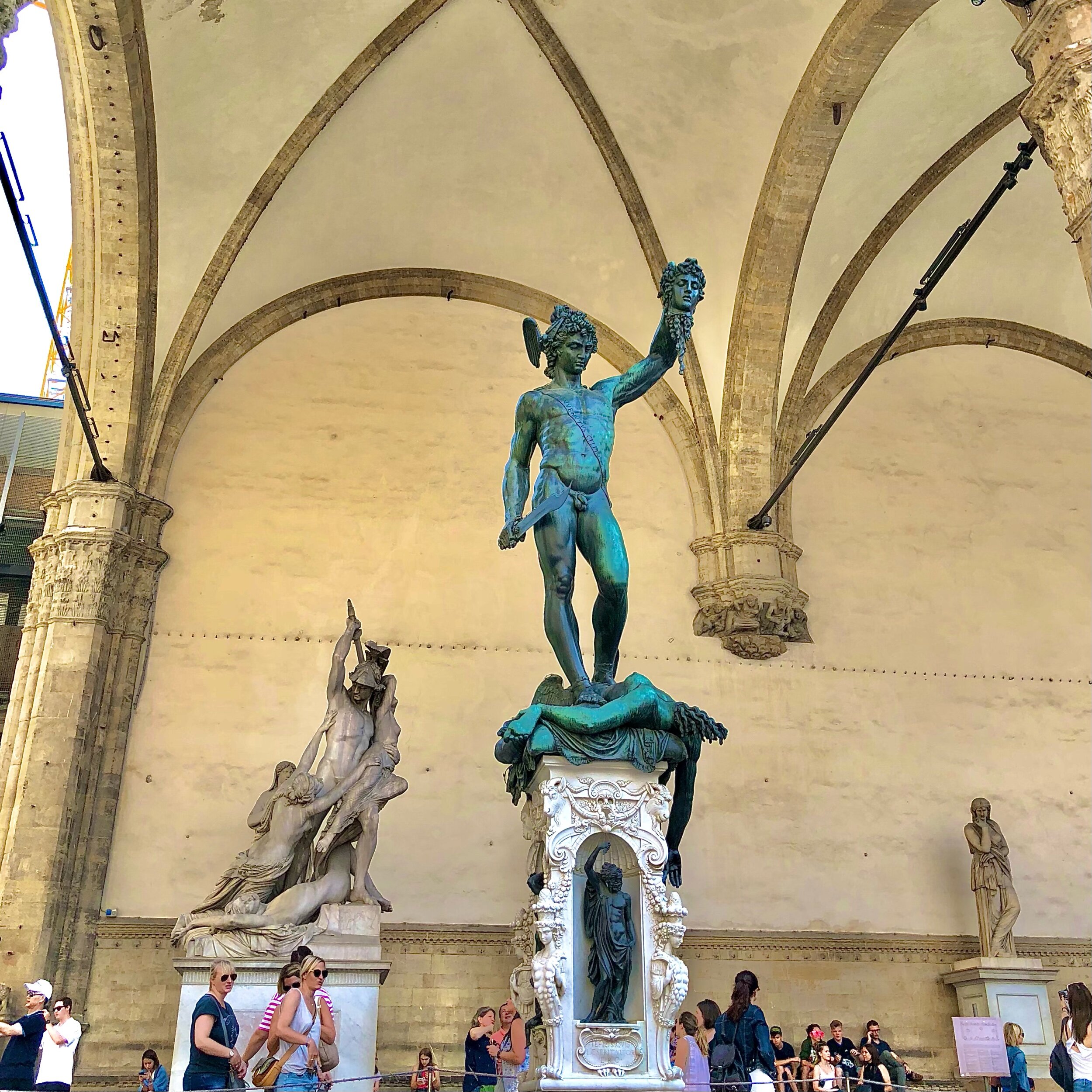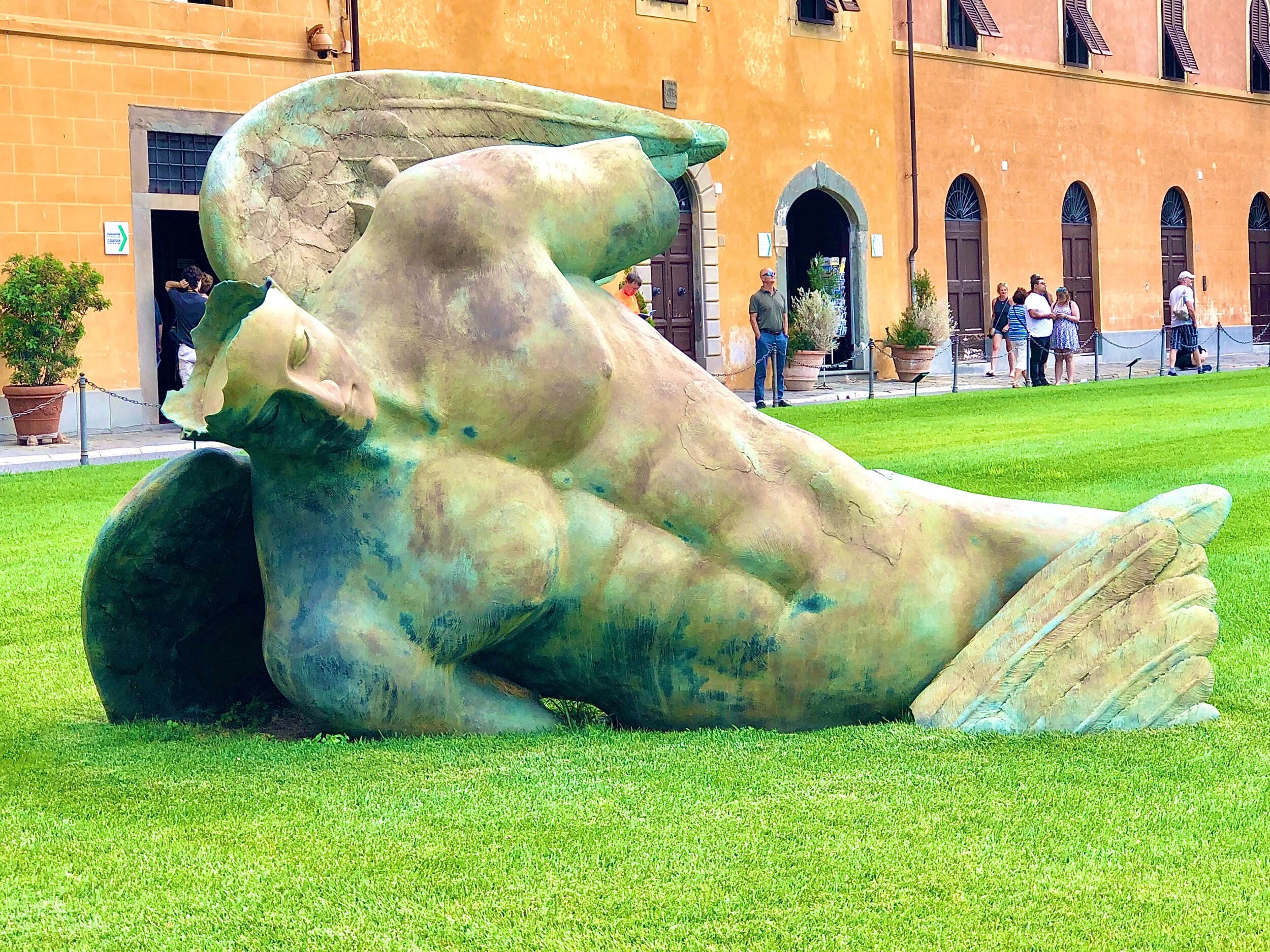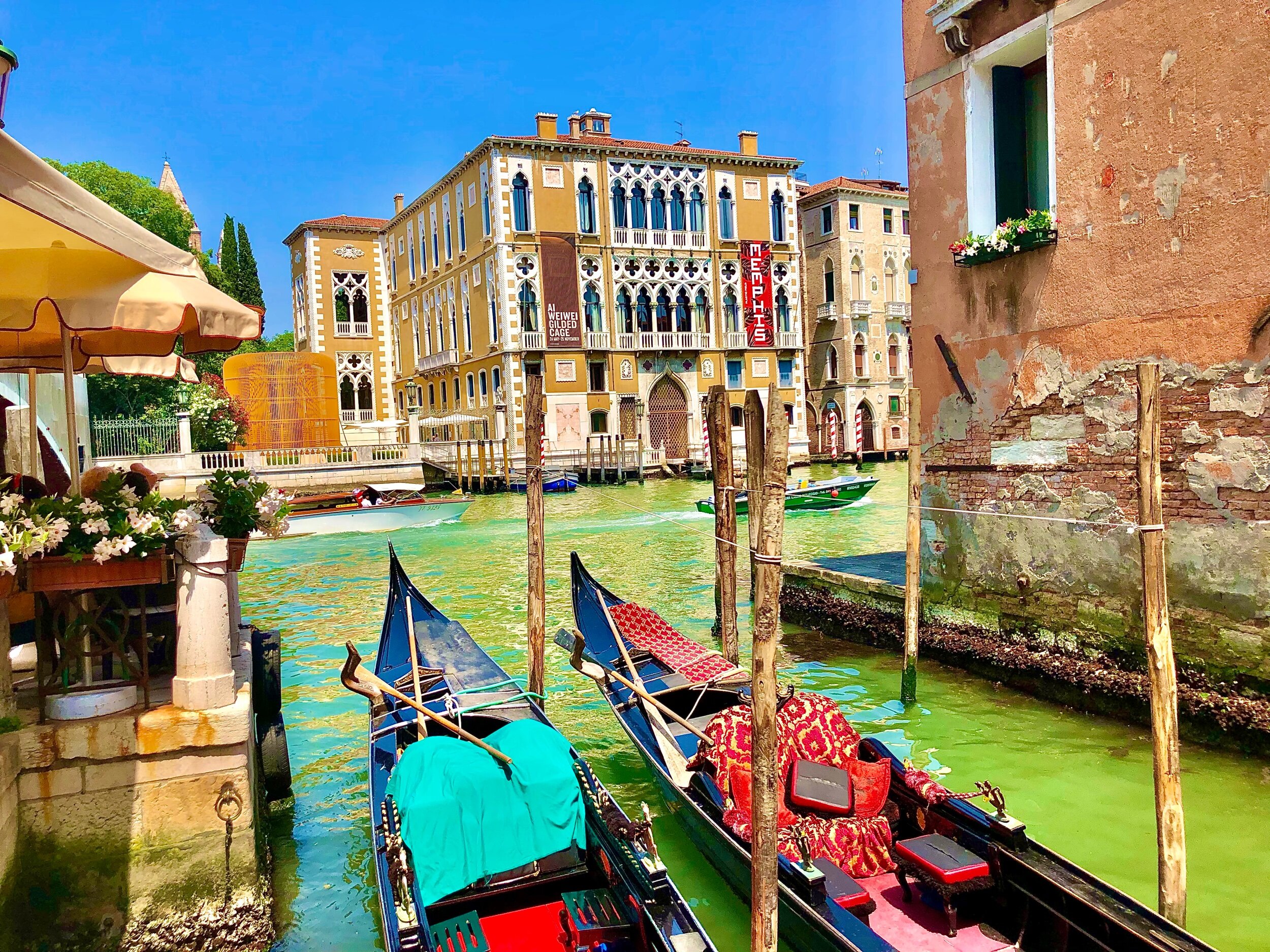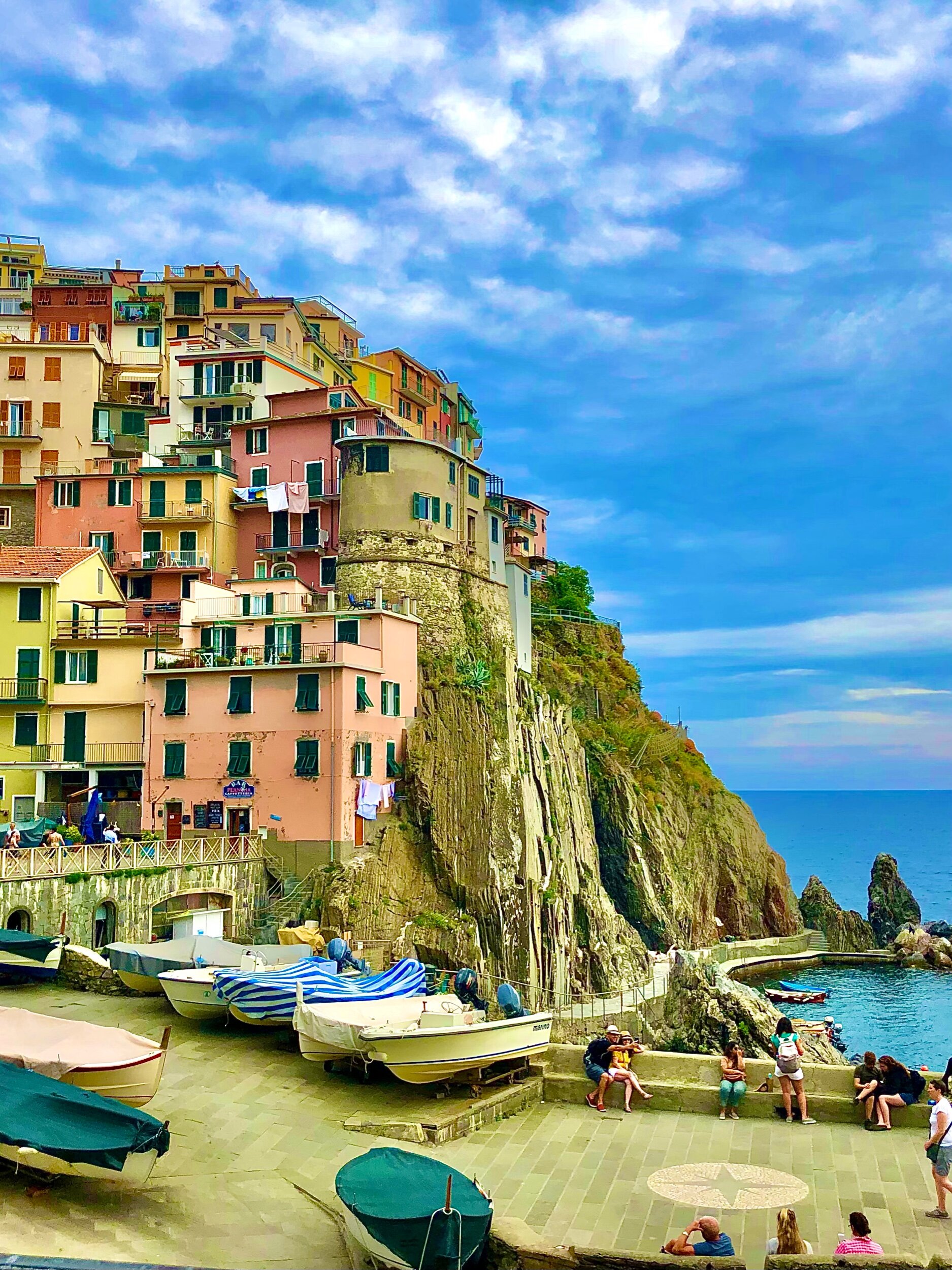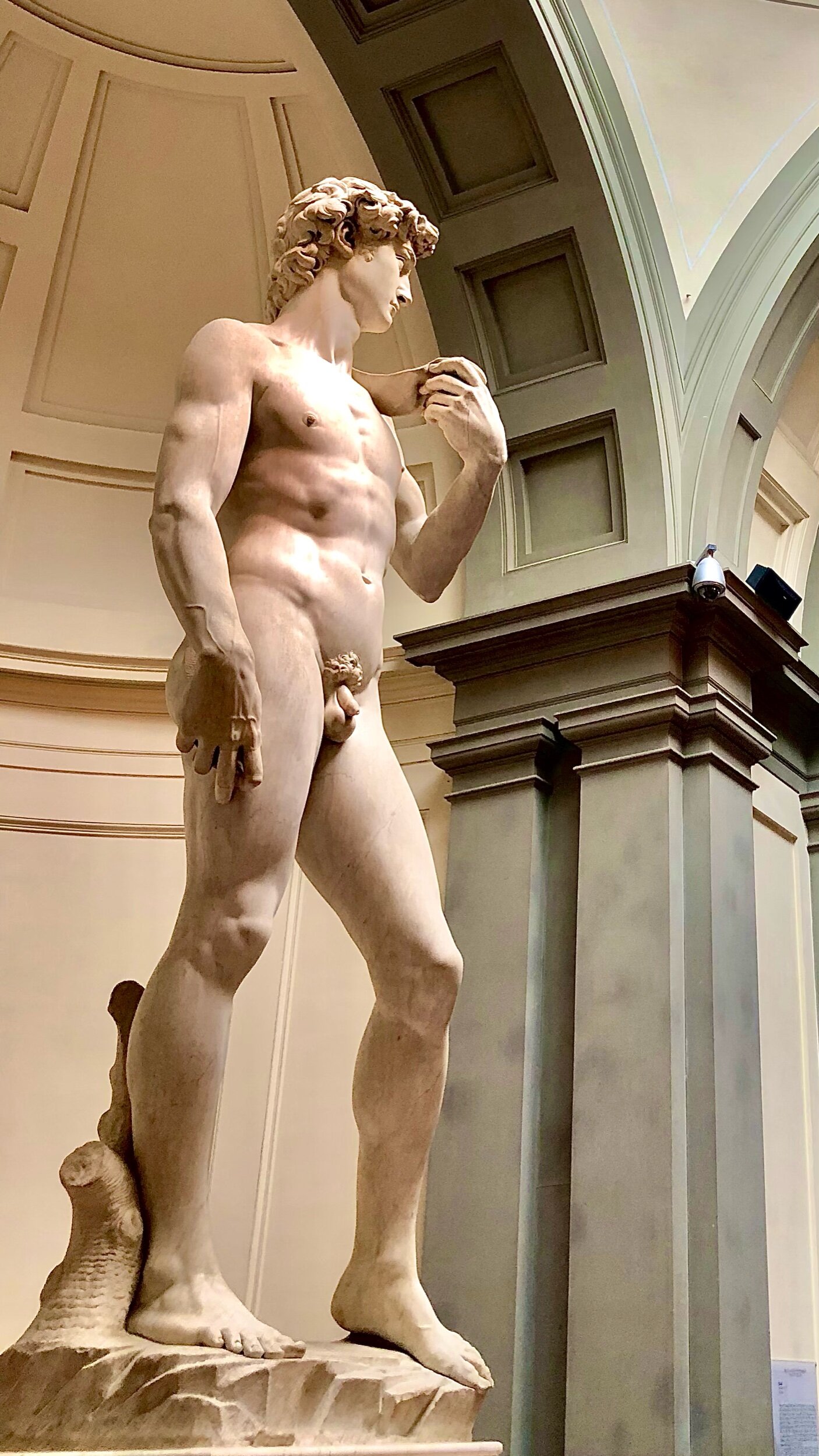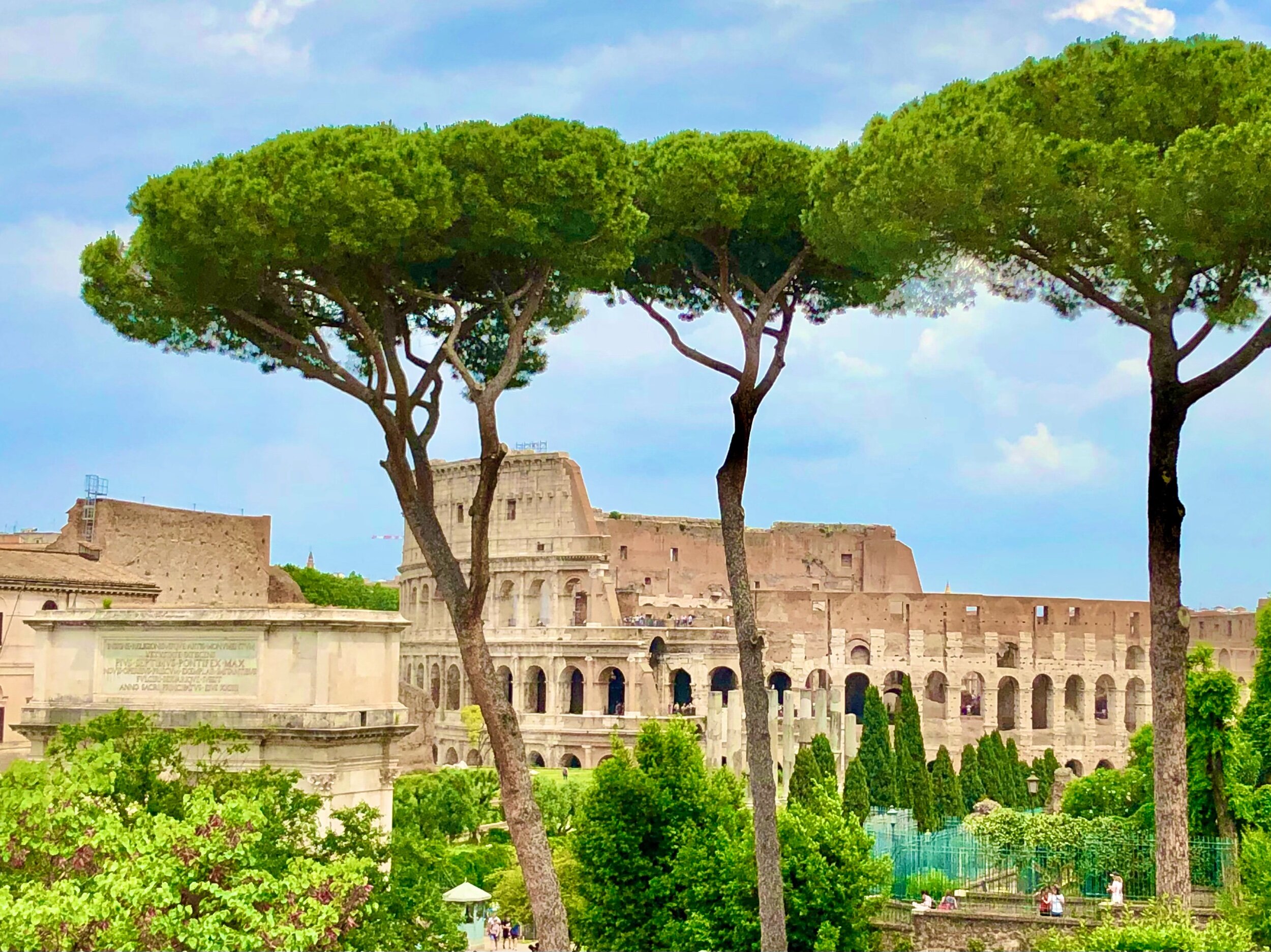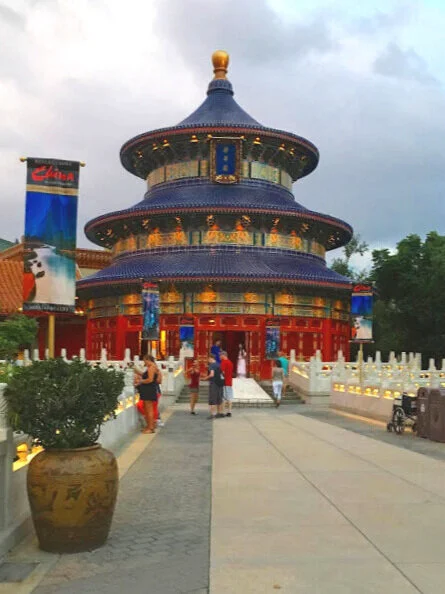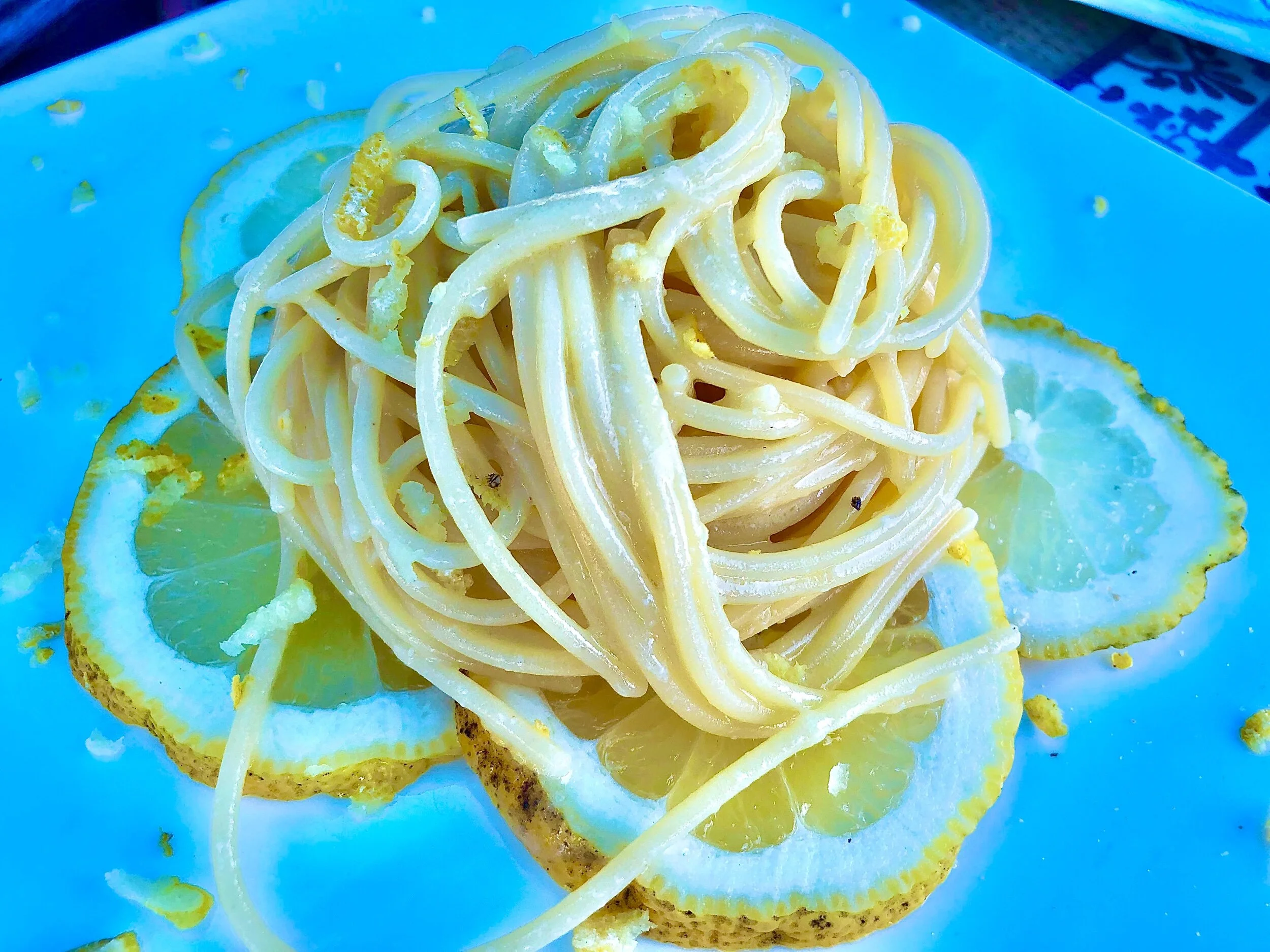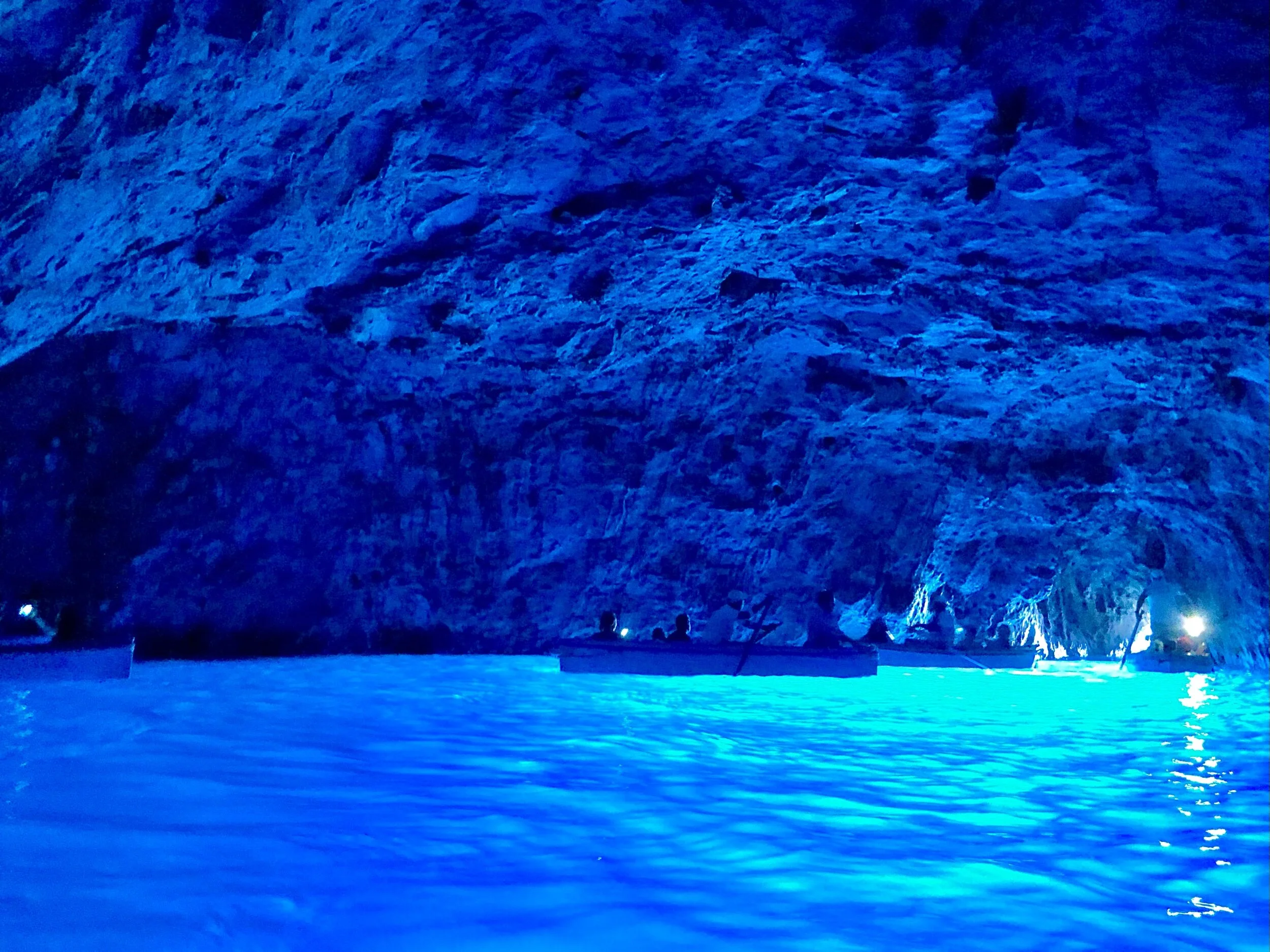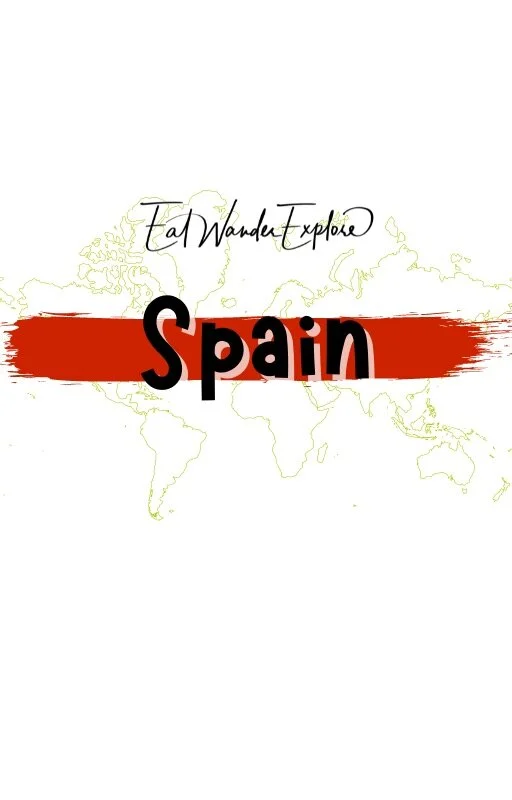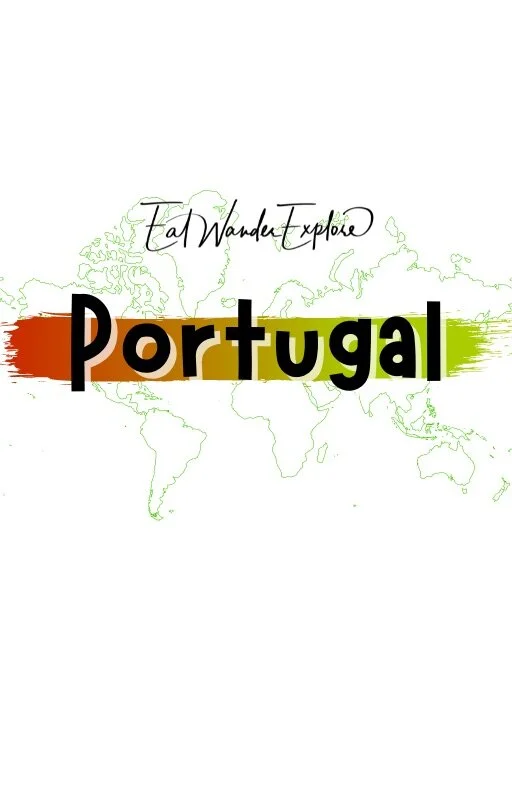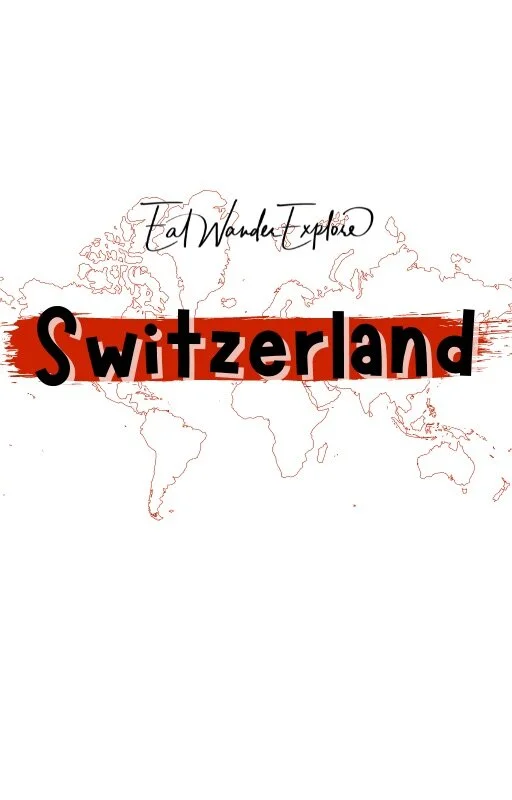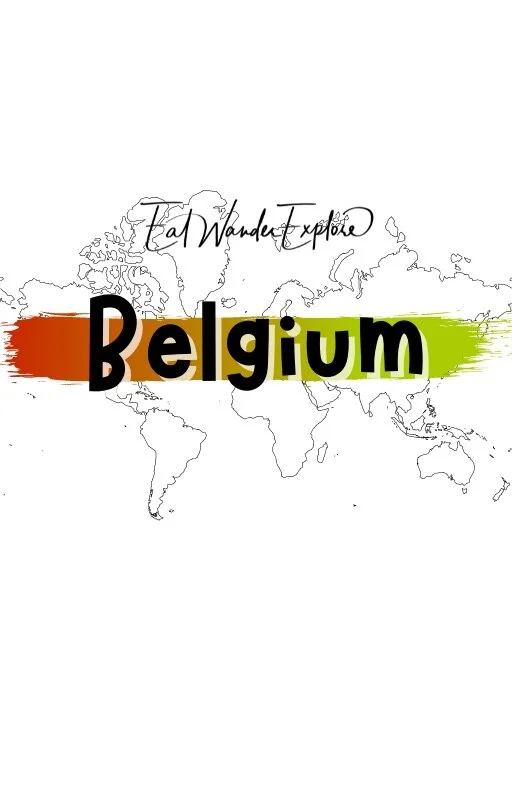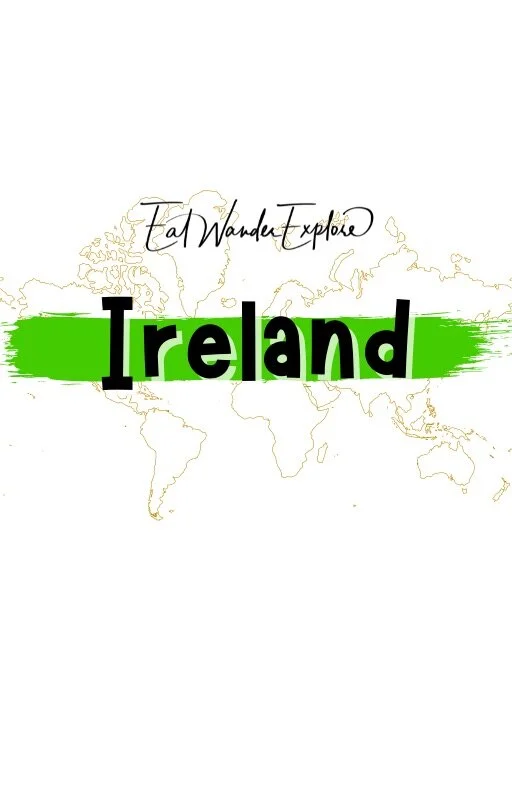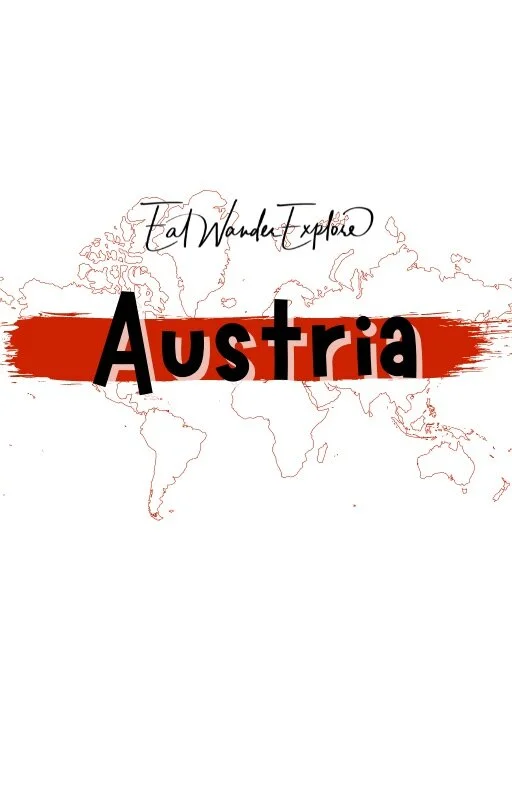Florence: The Birth Place of the Renaissance plus Pisa - Italy
Please note: This post may contain affiliate links. See our disclosure to learn more.
Destinations > Europe > Italy > Florence: The Birth Place of the Renaissance plus Pisa
Other Italian Articles: How to Save Money while Traveling in Italy - Rome - Florence & Pisa - Amalfi Coast and Capri - Naples - Pompeii
The Birth Place of the Renaissance + Pisa
As the birth place of the Renaissance and the home of the Medici family, Florence has given the world an abundance of art, history, and intrigue. Located in central Italy, it’s the capital of the region of Tuscany.
The city was established in 59 BCE as a settlement for veteran Roman soldiers on the site of a ruined Etruscan town. It quickly became a prosperous center of commerce. That prosperity continued, and later financed developments in art and supported the Catholic Church.
The creative works of art and architecture remain a huge draw for visitors and locals alike. Many people extend their visit in Florence to be able to tour the whole of Tuscany, as the beauty and romance extends beyond the city into the rolling hills and vineyards in the land surrounding it.
If you’re looking for things to see in Florence, the problem will definitely be one of too much, not too little. That’s why we strongly recommend reading a little about the culture and customs prior to your visit as there is just so much background here that it’ll be hard to learn enough in a few weeks of travel to really appreciate everything you will see in Florence. That short, affordable guide could prepare you and do wonders to make your trip truly unforgettable!
Here are some of our top picks for sights to see in Florence:
The Baptistery of St. John - Piazza del Duomo
Located in the Piazza del Duomo, The Baptistery of St. John (the “Battistero di San Giovanni” in Italian) is an incredible work of Florentine Romanesque architecture that must not be missed. It is one of the oldest religious sites in Florence, first as a Roman temple dedicated to Mars, and then later as a Christian baptistery.
The entire building is a treasure trove of artworks from the famous doors to the statuary and the baptismal fonts. The interior of the dome crowns them all. The octagonal dome is covered in an exquisite gilded mosaic. The artworks and mosaics all depict various scenes from biblical and Christian tradition. If you don’t have time to add the Baptistry of St. John to your itinerary, or to better orient yourself if you are visiting, read this volume of its collections.
Photo by Jonathan Körner on Unsplash
Cathedral of Santa Maria del Fiore - Duomo
While you’re in the Piazza del Duomo, you should visit the Duomo itself, the Cathedral of Santa Maria del Fiore. As the third largest church in the world, this beautiful cathedral offers plenty to see and appreciate. The massive structure took two centuries to build, with Brunelleschi finishing the dome in the 15th century. The external decoration was not considered essential and wasn’t actually completed until 1887.
While many of the original art works have been moved to the Museum Opera del Duomo for preservation, the interior frescos, particularly Giorgio Vasari's Last Judgement on the inside of the dome make the visit worthwhile. If you want to see it close up, you need to reserve a time with the purchase of your ticket.
There is a pass that gives access to the other monuments around and associated with the cathedral – The Baptistery of San Giovanni, Santa Reparata, Giotto's Bell Tower, Brunelleschi's Dome, and the Museo dell'Opera del Duomo. However, the Cathedral itself is free of charge. Do remember it’s a religious site and be respectful in your dress and behavior.
PRO TIP: Only a short walk from here is one of Florence’s most famous restaurants, Da Nerbone, which has some extremely delicious authentic Tuscan food for you to try!
Nearby: Pizza and Gelato Cooking Class in Tuscan Farmhouse from Florence
Photo by Mollie Moran on Unsplash
Basilica of Santa Croce in Florence
The other must-see Catholic church is the Basilica of Santa Croce in Florence, which is said to have been founded by Saint Francis himself, and is the resting place of many who are important to Western art and culture, including Michelangelo, Galileo, Machiavelli, and Rossini.
There is even a memorial to Dante, though because he was exiled from the city, he’s actually buried in Ravenna. The 16 chapels are adorned with art created by Gaddi, Giotto, and Donatello.
It is worth the 8 Euros for Basilica di Santa Croce tickets to get the chance to experience the incredible artistry in person. Hear about the legends that surround this house of worship from an expert guide if you want a more in-depth experience.
Ponte Vecchio - Florence’s Famous Bridge
Spanning the Arno River at its narrowest point, the Ponte Vecchio is thought to date from Roman times, though the current bridge was built in the 14th century. There have been shops on the bridge since the century before that. Originally, the shops were home to fishmongers, butchers, and tanners, but the smell problem those professions bring with them lead to the ruling that only goldsmiths and jewelers could have shops on the bridge in 1593.
Another cool feature of the bridge is the covered walkway along the tops of the shops called the Vasari Corridor. It was built so that Cosimo de Medici could easily access the Uffiizi where he served as magistrate from his palace across the river in 1565. The bridge is the only one in Florence to survive destruction by the German army, though the retreating troops did block it off by destroying the shops at either end.
Hear an interesting story about Ponte Vecchio on the main walking tour of Florence.
Palazzo Vecchio
The history of the Palazzo Vecchio, long the center of the city’s government and commerce, is a microcosm of the history of Florence itself. It’s built over a Roman theatre dating from the first century CE using medieval gothic architecture style, and showcases renaissance art and adornment added by the successive rulers.
Visiting the palace is fun for history buffs and families alike. Full of secret passages and surprising treasures, it’s well worth checking out one of the many tours offered - and/or doing a combo tour. Palazzo Vecchio tickets are 10 euros, with extra charges to see the Roman ruins below or to climb the tower. Combined tickets and discounts are available. Do a self-guided tour here to save a bit of money and take your time with this guide book.
Piazza della Signoria and the Fountain of Neptune
In front of the Palazzo Vecchio, the Piazza della Signoria reflects the triumphs and embarrassments of the rulers who occupied the palace. The artworks they commissioned and memorials to the executions of tyrants and heretics share space in the plaza, including a replica of Michelangelo’s famous David (the original was moved to the Accademia Gallery in 1873).
Two of the other famous sculptures here are the The Rape of the Sabine Women and Perseus with the Head of Medusa.
The Fountain of Neptune has recently been restored to its original glory. Created in 1565, the fountain celebrates Florence’s success over sea trade, with the face of Neptune modeled on the Grand Duke at the time, Cosimo de Medici. This is the final stop on Florence’s main walking tour - which gives you a bit more about the history of the open air museum of Piazza della Signoria and the Fountain of Neptune.
Piazzale Michelangelo
For a gorgeous panoramic view of the whole city of Florence, a visit to Piazzale Michelangelo is a must. Though it’s a relatively recent addition to sites in the city, having been built in 1869, that doesn’t lessen the impact of the view. Dedicated to the artistic genius it’s named for, the plaza can be reached via several scenic walking routes, as well as by bus or car.
If you’re looking for a photograph of Florence, this is the spot to take the photo. If you have an amazing camera, like this one, then you can really get some “up-close” shots of some of the most famous places in Florence. Then, have your picture printed on canvas - similar to how this one is done - back home to hang on your wall as a keepsake. Plus, the leasurely stroll to get here is fairly relaxing as well. You’ll find local artisans on the gradually inclining steps up to the viewpoint, selling a great number of local arts.
St Mark’s English Church
St Mark's English Church is another 19th century addition, an Anglican church established to serve the many British visitors to the region. The interior was decorated in the Pre-Raphaelite style and features William Morris stencil work. The artwork and decoration are definitely worth the stop.
Be sure to check their event schedule as there are frequent concerts and musical event that are sure to enhance your visit.
See All of Tuscany: Tuscany in One Day - Siena, Chianti, San Gimignano, and Pisa!
Pitti Palace
The Palazzo Pitti, known as the Pitti Palace in English, was built by a wealthy Florentine banker in the mid-1400s and purchased by the Medici family in 1549 it became the residence of the rulers of the Grand Duchy of Tuscany, and eventually the royal palace of a united Italy. This long history of powerful occupants means that the now-public palace is home to a host of museums and history.
Palazzo Pitti tickets cover all the museums (the Palatine Gallery and Royal Apartments, Gallery of Modern Art, Treasury of the Grand Dukes, and the Museum of Costume and Fashion), and range in price from 5 to 16 euros depending on the time of day and time of year that you visit. Since there is so much to see, it’s a good idea to take advantage of one of the Pitti Palace tours if you have limited time so you don’t miss any of the highlights.
Cooking Class and Lunch at a Tuscan Farmhouse with Local Market Tour from Florence
Boboli Gardens and another Fountain of Neptune
Behind the Palazzo Pitti you will find the Boboli Gardens. This historic park was opened to the public in 1766, and showcases incredible art and architecture around each perfectly landscaped corner. Like the palace, Boboli Garden tickets price varies with the season, ranging from 3 to 10 euros. There are guided tours if you want to make sure you get the history of every grotto and statue. You can also find tours offered that combine the palace and the gardens.
While the gardens are an amazing place to just stroll around and have a relaxing day, the sun can also get quite warm here as there aren’t too many cool places in the shade. One interesting place to get out of the sun is the Knight’s Building and Rampart at the top of the hill. A compact sun umbrella will also come in super handy here!
FAMILY FUN: There is a fun Treasure Hunt here for families with kids!
There is a Fountain of Neptune here in Boboli Gardens, but do make sure that you visit the famous one at Piazza della Signoria as well.
Florence Vespa Tour: Tuscan Hills and Italian Cuisine
Accademia Gallery and Michelangelo’s David
Moving back indoors to experience more of the arts that Florence has to offer, our next stop has to be the Gallerie Dell'Accademia. The Accademia Gallery is the home of Michelangelo’s David, and that’s probably what you have in mind if you plan to visit. You shouldn’t miss out on the other statues by Michelangelo also located here, or the many other fabulous artworks, especially Giambologna's Rape of the Sabines and Botticelli’s Madonna and Child and Madonna of the Sea.
Tickets for the museum cost 12 euros, and may be more if you reserve them online - although they generally come with skip-the-line access and more. Alternatively, you could try to plan your trip around the one free day per month if you’re on a budget.
Learn to Sculpt or Paint in a Private Florence Art Studio
Botticelli’s Birth of Venus
The Uffizi Gallery
The Uffizi Gallery was not originally a museum at all, but a complex built to house the offices of government that give the building its name. Eventually the Medici’s wanted to start showing off their art collection, and so they opened part of the building to visitors. Today it is one of the most visited museums in Italy, though the difficulty in finding tickets and entrances is a reflection of its private origin.
The exhibits are worth the work of finding them, though. Among those not to be missed are Botticelli’s Birth of Venus, as well as works by Michelangelo, Rafael, Leonardo di Vinci, and many more. There is so much to see here that more than one visit is recommended for true art lovers. We entered in the late afternoon on one of the free days, and realized that there was no way that we’d be able to see everything in a few hours.
Tickets are priced seasonally, and coming later in the afternoon, after the larger groups and tours have gone, is recommended if you are coming to wander on your own. Alternatively, see the essential masterworks by Leonardo da Vinci, Botticelli, Raphael, and other Renaissance masters in a small group tour with an expert guide and skip-the-line access.
Learn to Sculpt or Paint in a Private Florence Art Studio
Train to Pisa
Just 69 km from Florence, it’s worth taking the train to Pisa for a day trip. Trains between the two former rival cities run throughout the day, departing anywhere from 7 to 30 minutes apart depending on time. The ride takes between 40 and 90 minutes, faster for the direct train and slower for the local train with more stops. Ticket prices average around 8 euros, and it’s a good idea to book in advance. The route passes through some scenic vistas of the Tuscan countryside.
There are also day trips from Florence that’ll bring you to Pisa and show you around - everything included.
Leaning Tower of Pisa
When you arrive in Pisa the first stop has to be the Leaning Tower of Pisa. Located in the Square of Miracles, the tower is constructed in medieval Pisan Romanesque architectural style and is actually a free-standing campanile, or bell tower.
A picture of you holding it up is a popular holiday memento, and fun to organize. The tower has been leaning since it’s construction due to the soft ground, but don’t worry – it was stabilized in 1990s. You can purchase tickets to climb to the top, but space and timeslots are limited so it’s a good idea to reserve them in advance, and children under 8 are not allowed.
Cattedrale di Pisa
The tower is just one of four main buildings that make up the complex surrounding the Cattedrale di Pisa, sometimes referred to as Duomo di Pisa. The cathedral itself is also a beautiful example of Pisan Romanesque architecture, and is full of art as well.
Admission to the cathedral is free, but you do need to reserve a time. Guided tours of Pisa will reserve those times for you, so you won’t need to figure out how to do that. Once inside, you can appreciate a wide array of mosaics and paintings between the high lancet archways.
The pulpit of Giovanni Pisano is intricately carved and highly detailed – definitely not to me missed before you head back to Florence!
Best Things to Do in Florence
There really are too many amazing places in Florence to see in a single day, so we would likely recommend planning at least 3-5 days stay here to be able to explore it well enough. However, we understand that some people really only have a single day!
The absolute must see places in Florence, in a single day:
Accademia Gallery and Michelangelo’s David - we recommend going here with the walking tour at 8:30 AM as you will get to stop at a number of the other important sites, like the Duomo - a.k.a. the Cathedral of Santa Maria del Fiore, Ponte Vecchio - the infamous Florence bridge, Piazza della Signoria - with the Fountain of Neptune, and even get a quick introduction to the Uffizi Gallery all in 3 hours.
Da Nerbone for a traditional Tuscan lunch - located in the Mercato Centrale nearby - which will cater to all of the different tastes in your group with dozens of different food options!
At this point we recommend just relaxing for a little while in the Mercato Centrale and then heading back to the Piazza della Signoria to explore the statues, watch for some puppet shows in the streets, or wandering off to check out something else that you really have your mind set on.
Next head to the Uffizi Gallery - between the endless pieces of artwork and statues here, you will get just about everything that you’d expect from visiting Florence at the Uffizi. We recommend booking the 3:30 PM professional guided tour to give you the most important information about Botticelli’s Birth of Venus, as well as the many other works by Michelangelo, Rafael, and Leonardo di Vinci, while still being able to navigate you through the gallery before it closes.
If done correctly, you’ll have your pick with:
an hour left before Boboli Gardens closes,
the ability to explore Ponte Vecchio bridge a bit more, OR
a sunset photo of Florence Piazzale Michelangelo.
Once your done with your day in Florence:
jump on a train to hike or explore the famous Cinque Terre or
go see the rest of Tuscany - including Siena, Chianti, San Gimignano, and even Pisa!
It will make for THE PERFECT 3 day trip to the Tuscany region!
Traveling as a Family?
The Florence Must-See Sights Tour designed for Kids and Families - including a Gelato Tasting - is probably a better option (especially with smaller children, toddlers, and babies). If you’re more into food, there is also a very specialized tuscan food tour for kids and families as well!
FAQ’s
What were the political conditions in Florence that allowed the Renaissance to flourish?
The Renaissance emerged in Florence due to a unique combination of political stability, economic prosperity, and the patronage of powerful families like the Medici. This environment fostered an appreciation for art, learning, and innovation.
How did the Renaissance influence modern education?
The Renaissance's emphasis on humanism led to the value of individual potential and experience, which is foundational to modern liberal arts education. It encouraged a curriculum that includes arts, science, and humanities, aiming to create well-rounded individuals.
What was the role of women during the Renaissance?
Women's roles were primarily domestic, but the Renaissance also saw some notable female figures in the arts and literature, such as Artemisia Gentileschi and Christine de Pizan. They challenged the norms and contributed to the cultural rebirth of the era.
(1) Florence: The Birth Place of the Renaissance plus Pisa - Italy. https://eatwanderexplore.com/blog/florence-the-birth-place-of-the-renaissance.
(2) REmotiFIRE by EatWanderExplore. https://eatwanderexplore.com/blog/.
(3) Florence - the Birthplace of the Renaissance - The Proud Italian. https://theprouditalian.com/florence-the-birthplace-of-the-renaissance/.
(4) Florence in the Early Renaissance (article) | Khan Academy. https://www.khanacademy.org/humanities/renaissance-reformation/early-renaissance1/beginners-renaissance-florence/a/florence-in-the-early-renaissance.
Thank you VERY much for reading our article. We actually created this website to help people reach financial independence. Did you know that by having a remote job and traveling endlessly, or living in a country that has low costs of living, you can actually reach retirement quicker? Plus, retirement abroad is up to 75 percent cheaper as well! Learn more by exploring our website: EatWanderExplore and REmotiFIRE.
See our Thank You page to sign up for our free weekly newsletter - you’ll receive only 1 email per week letting you know about our latest travel articles, remote-work life, and amazingly affordable destinations!
Found this post useful? Buy us a coffee to help support this site’s running costs OR share this article with a friend.









